Taking SoCal By Storm: Tesla Model S 60 kWh Quick Drive
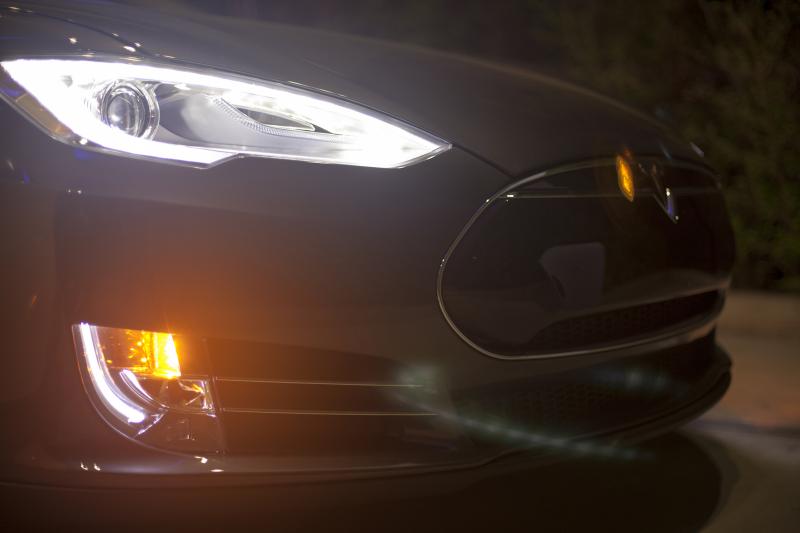
Isn’t battery-powered stuff great? Take an iPhone, for example. It's free to charge and lasts for a decent amount of time (At least for me, anyway). I think it’s safe to say that almost all of you reading this own a battery-powered device of some sort. But what about a car that has no engine -- just a battery and a motor?
For those of you in Southern California, you’ve probably seen a Tesla Model S or two before. Or five. Or ten. Or 496. It’s impossible to drive through SoCal without seeing one, as they’re simply everywhere, much like the Prius. So what’s all this hype? Besides being electric, just what makes the Tesla Model S so special?
SEE ALSO: 2015 Scion FR-S Automatic, Reviewed
Well, before I start telling you all these great things about it, you probably ought to know that just this past Wednesday, the 60 kWh version was axed from the Model S lineup and replaced with the 70D. That’s right, by the time you read this, you won’t be able to buy one of these new. But read on, because it still doesn’t detract from the fact that the 60 kWh is a great car.
For starters, the Model S is one of the best looking cars I’ve ever seen in my life. The smooth lines and muscular curves give the car an aggressive stance and a sporty feel. Step inside and you’re greeted with a largely spacious interior. Because there’s no engine in the front taking up space, you have access to a “frunk” (Front Trunk), which at 5.3 cubic feet, comes in quite handy.
Secondly, the Model S manages to get around a problem that often plagues hybrids and electric cars. Unlike the Nissan Leaf, which looks like a gunshot wound and bears a pretentious title, it's a normal-looking car and has a normal-sounding name.
Powering the entry-level 60 kWh Model S is a 380 horsepower rear-mounted motor, which is mated to a 60 kWh battery. The motor allows the Model S to do the 0 to 60 sprint in 5.9 seconds, an impressive figure considering the car's weight at 4,647 lbs. It also provides strong acceleration the whole time you keep your foot down. Thanks to the consistent and immediate torque delivery, the car will even pull when you reach highway speeds with strong consistency. Since there’s no gearbox, you don’t have to wait for gearshifts; it’s just uninterrupted power.
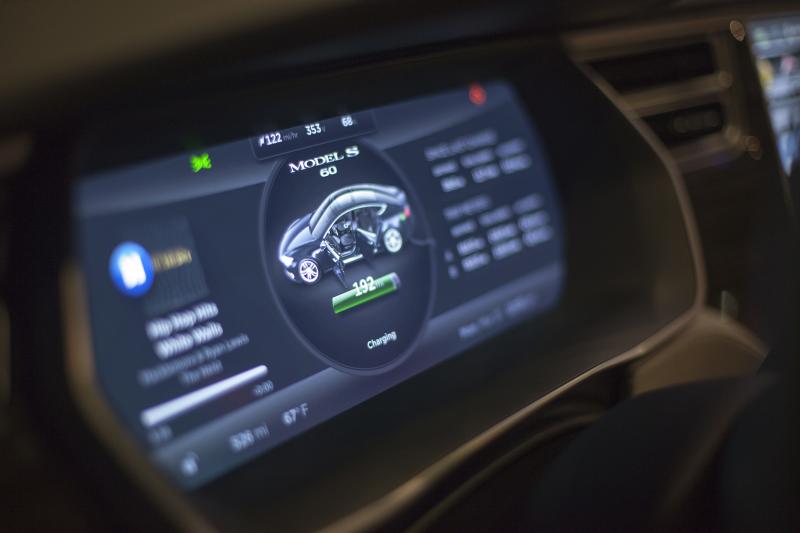
A modern interior complements the stunning exterior, with a 17-inch display replacing the center console. Functions like the radio and navigation are all controlled via the massive touchscreen. Instead of stationary gauges, there is a large screen above the steering wheel that can be used to relay speed, energy consumption, regeneration, navigation instructions and other information.
The greatest thing about the Model S is its driveability. Normally, when I drive cars for the first time, there’s a learning curve for the first 50 or so miles of driving as I get used to the dimensions of the car. With the Model S, there was no learning curve at all. From the minute I hopped in, it was like a match made in heaven; the visibility is outstanding, and despite its size, the car feels very small when you’re driving. Bluntly put, it’s no more difficult to drive than a Corolla. The best way to describe this car is like meeting an old friend and realizing that nothing has changed.

A feature that will be coming to Model S very soon is Autopilot. Since it’s not out yet, you’ll have to make do with the radar cruise control. This allows you to hook onto a car in front of you and follow from a distance from 1-7 cars away. When the car in front brakes or stops, the Model S will do the same accordingly; the same concept applies for when the car in front speeds up. When Autopilot rolls out, the car will not only be able to stop and start, but also steer itself. The Model S receives all OTA updates to add new features to the car and thus, Autopilot will be rolling out to customers wirelessly -- no hardware needed.
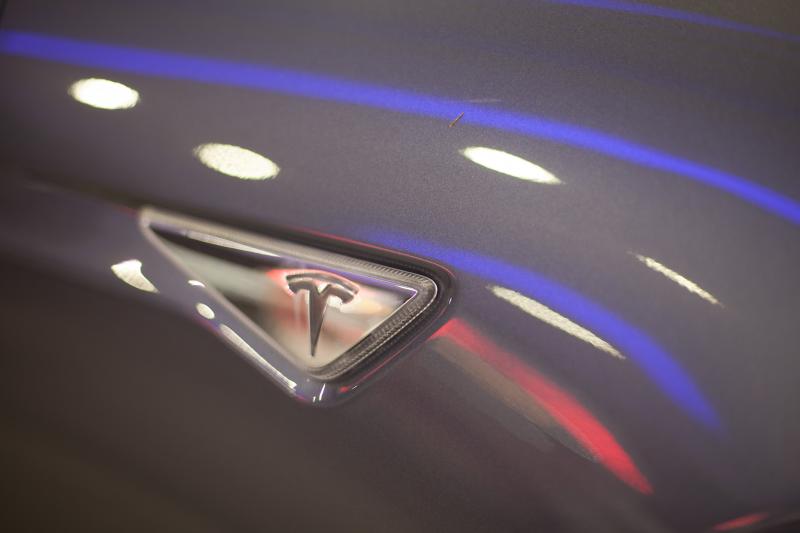
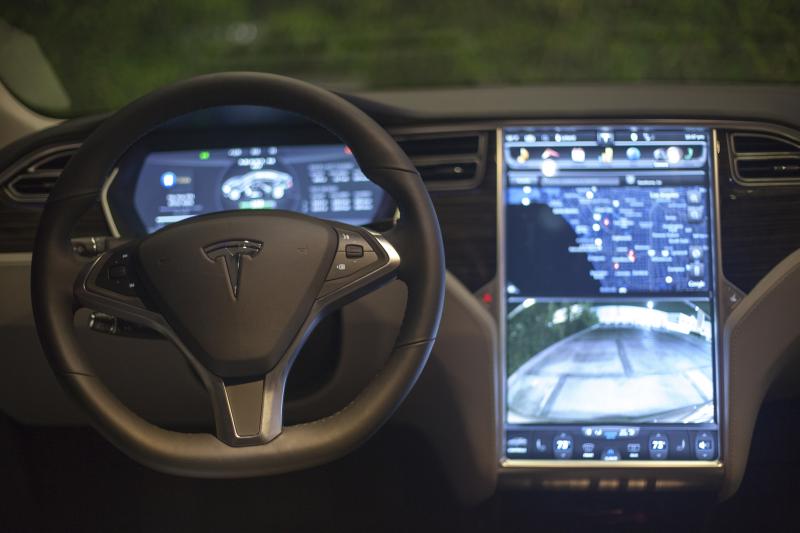
Having said all that, this car isn't perfect. The biggest complaint is that the right stalk that controls the wipers has been completely removed, leaving the column shifter the only thing on the right side. If you drive a normal car right after you drive a Model S, expect to turn the wipers on.
The front seat’s bottom bolsters are relatively flat and not very supportive, but can be improved if you opt for the “next gen” seats -- a $2,500 option that adds bigger seat bolsters all around.
The third and final complaint is with the stock suspension. It’s not harsh riding or stiff in any way, but over rough roads, the whole body wobbles about.
Here comes the point where we have to address charge time. My iPhone 5 can go from a dead charge to a full charge in about an hour, but the battery is tiny, at a mere 5.45 Wh. The Tesla Model S comes in a 60 kWh or an 85 kWh battery, which translates into 60,000 or 85,000 Wh. That’s a battery 11,009 times bigger than the iPhone 5’s for the 60 kWh model and 15,596 times bigger for the 85 kWh version. Simply put, the battery is astronomically larger, and therefore I would never recommend charging a Model S from a standard outlet unless it’s an absolute emergency.
The Model S is fitted with regenerative brakes that recharge the batteries whenever you hit the brakes, but you won’t be needing them that much, due to the motor’s also regenerative capabilities. When you take your foot off the accelerator, the positive energy being sent to the wheels stops, and the car is rolling along on the road without any energy input. In other words, you could recharge a Model S by just rolling down a hill without using the brakes.
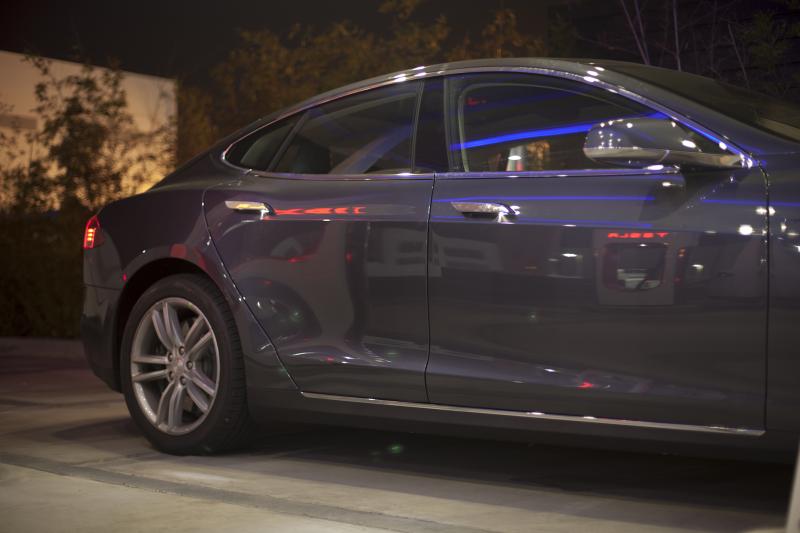
If you’d like to charge a bit faster, you can use a ChargePoint station or a 240v Nema 14-50, otherwise known as a washer/dryer plug. A Nema 14-50 can charge a completely drained battery in around seven hours, but most people will charge around 1-2 hours a day, depending on usage. If you want to charge even faster than that, you can use a Supercharger station.
Supercharging is a feature unique to Teslas and uses a higher-powered plug for quicker results. In essence, Supercharging allows a Model S to charge in about the same time as my iPhone. Supercharger stations are located all over the country and are open 24 hours a day, and are completely free to use. Not all Model S’s can use supercharger stations, as only Supercharger enabled Teslas can use the stations to charge. If you’ve bought a Model S that doesn’t have supercharging equipped, don’t fret, as you can add Supercharging later, but it will cost more to have it equipped after purchase. As of today, the entire Model S lineup comes with a Supercharging standard, but if you’ve bought an older model, such as a 60 kWh, it may not be equipped.
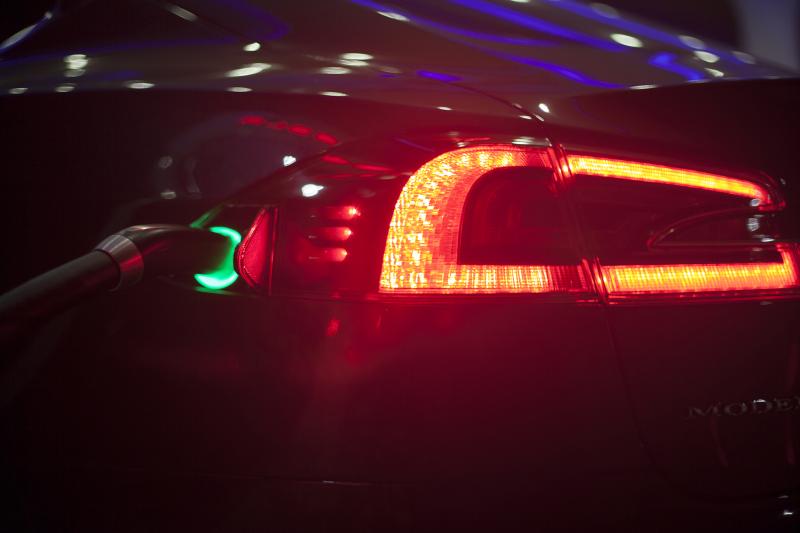
If you thought electric cars wouldn't be able to survive in today’s world due to battery limitations, just look at the Model S. The Supercharger network allows for free road trips and the car can go quite far on a full charge. On top of that, you have the upcoming autopilot, radar cruise control, OTA updates, the 17-inch touch screen and the beauty of the car itself. It’s no wonder, after all, why this car is so popular.
Price as tested: $84,970
Motor: Rear-mounted three phase, four pole AC induction motor with copper rotor
Horsepower: 380
Torque: 325 lb-ft @ 0-5,000 RPM
Transmission: One; Single speed fixed gear with a 9.73:1 ratio
Battery: 60 kWh microprocessor controlled,liquid cooled, lithium-ion
EPA estimated range: 208 miles
Weight Distribution (Front/Rear): 48:52
Curb Weight: 4,647.3 lbs
Tire Size: 245/45R19
Tire: Michelin Primacy
Cargo Volume: 31.6 Cubic ft (5.3 cubic ft front, 26.3 rear)
Note: Quick Drive vehicles do not receive ratings.
You need an iframes capable browser to view this content.
Reach Staff Reporter Amou (Joe) Seto here. Follow him on Twitter here.



